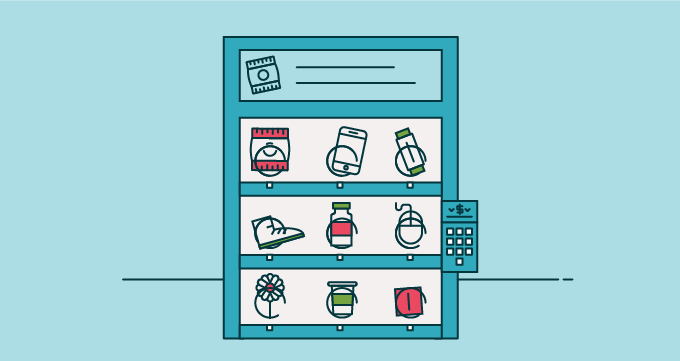Article • 3 min read
The dynamic, long-term impact of self-service
Por Benjamin Keyser, Director of product, Zendesk Guide
Última actualización en March 5, 2024
Self-service is often considered an end goal for a support organization. But based on our customers’ experiences, it’s much more dynamic, driving long-term efficiencies and customer-first philosophies across the entire business. For example:
- Self-service is a leading indicator of how customer-centric your organization truly is—not just in terms of support, but beyond. This may seem counterintuitive, but remember that self-service is not about keeping customers at arm’s length. Rather, it’s all about focusing on, and doing, what works best for them.
Self-service is a mark of how well you understand your customers’ day-to-day challenges, the way they think (not you, but them) about your products or services, and even the language they use (not you, but them) to describe their needs.
- Self-service is a key predictor of how effectively you’ll be able to contain costs as your business grows.
These may seem like bold claims, but these are the demonstrated impacts of self-service; not just the platforms, but the practices.
1. Your CSAT goes up when customers can self-serve.
Self-service is usually faster, more convenient, and customers can pick it up and drop the tread at their own pace. And, according to a load of research supporting this conclusion, if you want higher CSAT scores, start by giving your customers a top-notch self-service experience.
2. Developing self-service content requires deep understanding of a problem, as well as the product or service.
When an agent or contributor goes through the steps of writing about writing help content, they’ll come out of the process with a much more nuanced and complete understanding of the entire business than if they only solve tickets. They’ll have to consider all of the variations of an issue, learn more about the problem, and, often, talk to other subject-matter experts in the organization. When someone understands any problem this deeply within an organization, the whole organization benefits and gets a little smarter.
Set your support organization up for success
3. Self-service metrics tell a compelling story about your effectiveness.
Busy agents often don’t have time to optimize ticket tags describing customer service issues, let alone stop and create the content that would solve the issue. As a result, the gaps between what customers are struggling with, the tags meant to summarize those issues, and the available self-service content addressing those issues continues to widen. This is a negative cycle you can break out of by enabling agents to directly suggest and write content: They usually know best what customers are really struggling with, so empower them to be decision-makers while getting more articles in the bargain. Furthermore, article accuracy, not tag accuracy, solves tickets. Smart applications and integrations can put you on the path toward a more positive and productive cycle.
4. Helping customers serve themselves requires more empathy than being nice.
Being respectful, nice, and sympathetic is a great approach to having conversations. But when it comes to solving customer problems with self-service articles, a different type of empathy is needed. A hasty or half-baked article, or one written in corporate speak rather than customer speak, won’t be an effective resource and can, in fact, cause frustration—and that’s not empathetic at all. True empathy means that what you write is 100% useful, helpful, and complete. It’s not an emotional thing; it’s about putting yourself in your customer’s shoes and delivering what they really need.
5. The more self-service you enable, the more proactive you become.
When you focus on self-service, after a few turns of this crank, you’ll find you can focus on higher-value support tasks than fielding tickets customers would rather handle themselves. For example, agents would have more time to get ready for new product releases or become more familiar with complex products or services. This isn’t an easy one to implement, but in the long run, it’s incredibly valuable. Many Zendesk customers who’ve successfully made the transition from reactive to proactive can attest—it’s a game changer.
Self-service is a great muscle to build internally, which leads to many more benefits. Stay tuned to learn more on how to implement these practices on your team.
